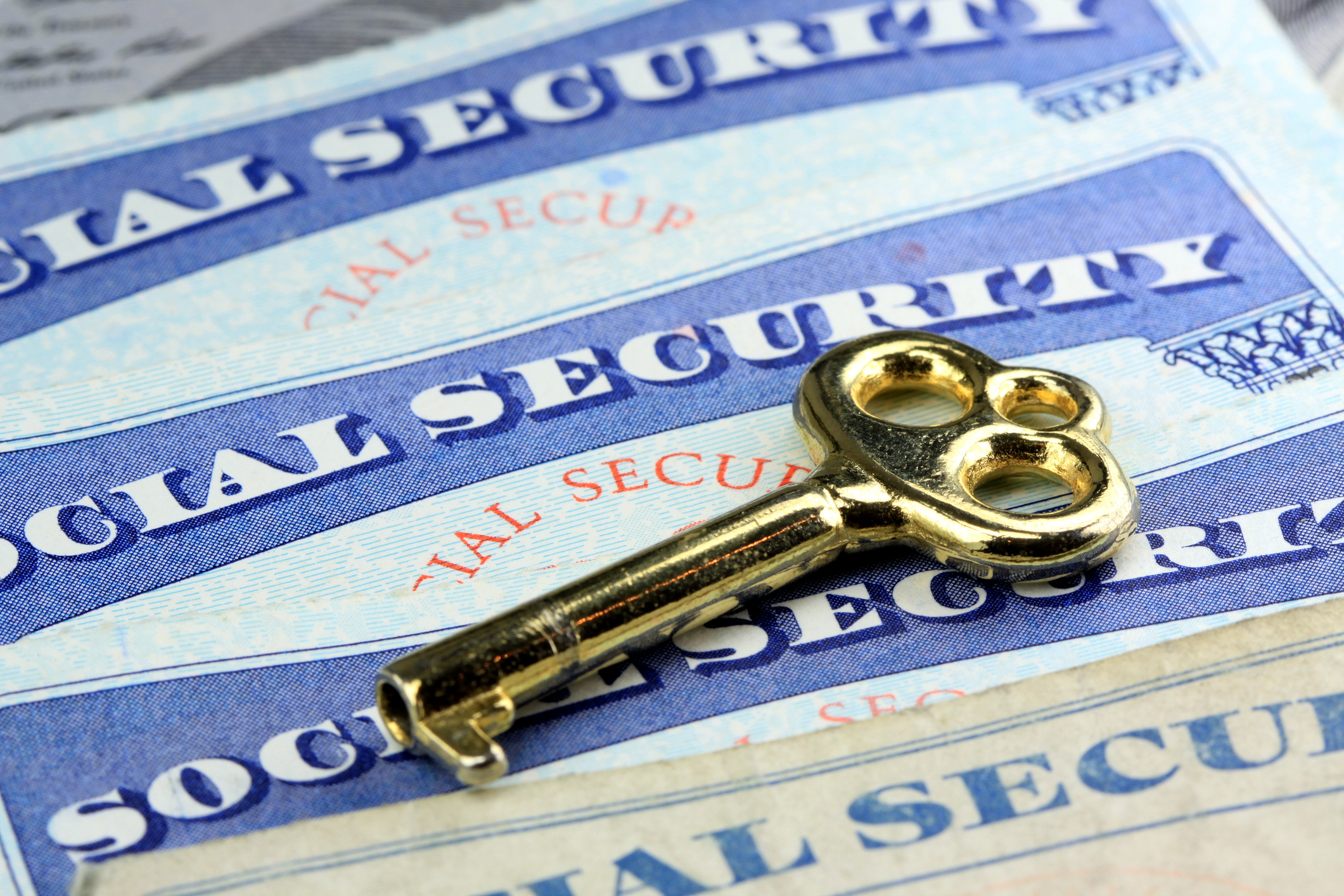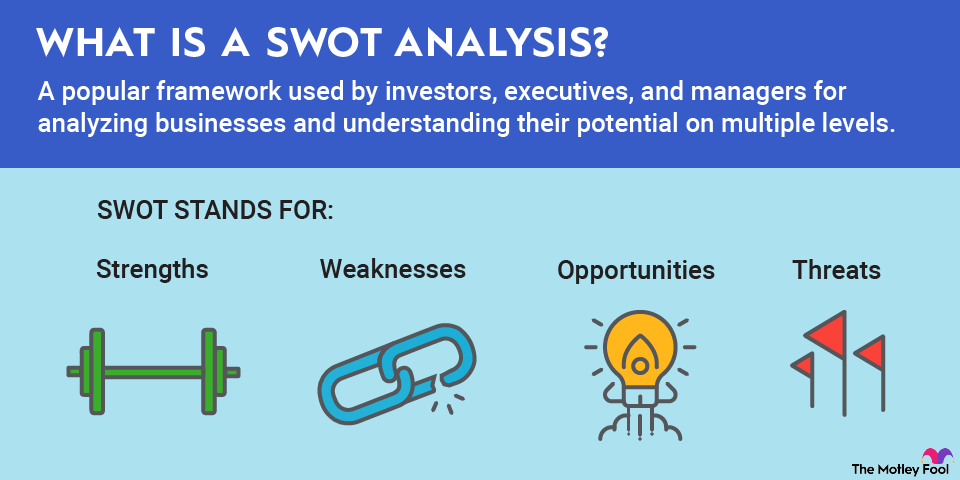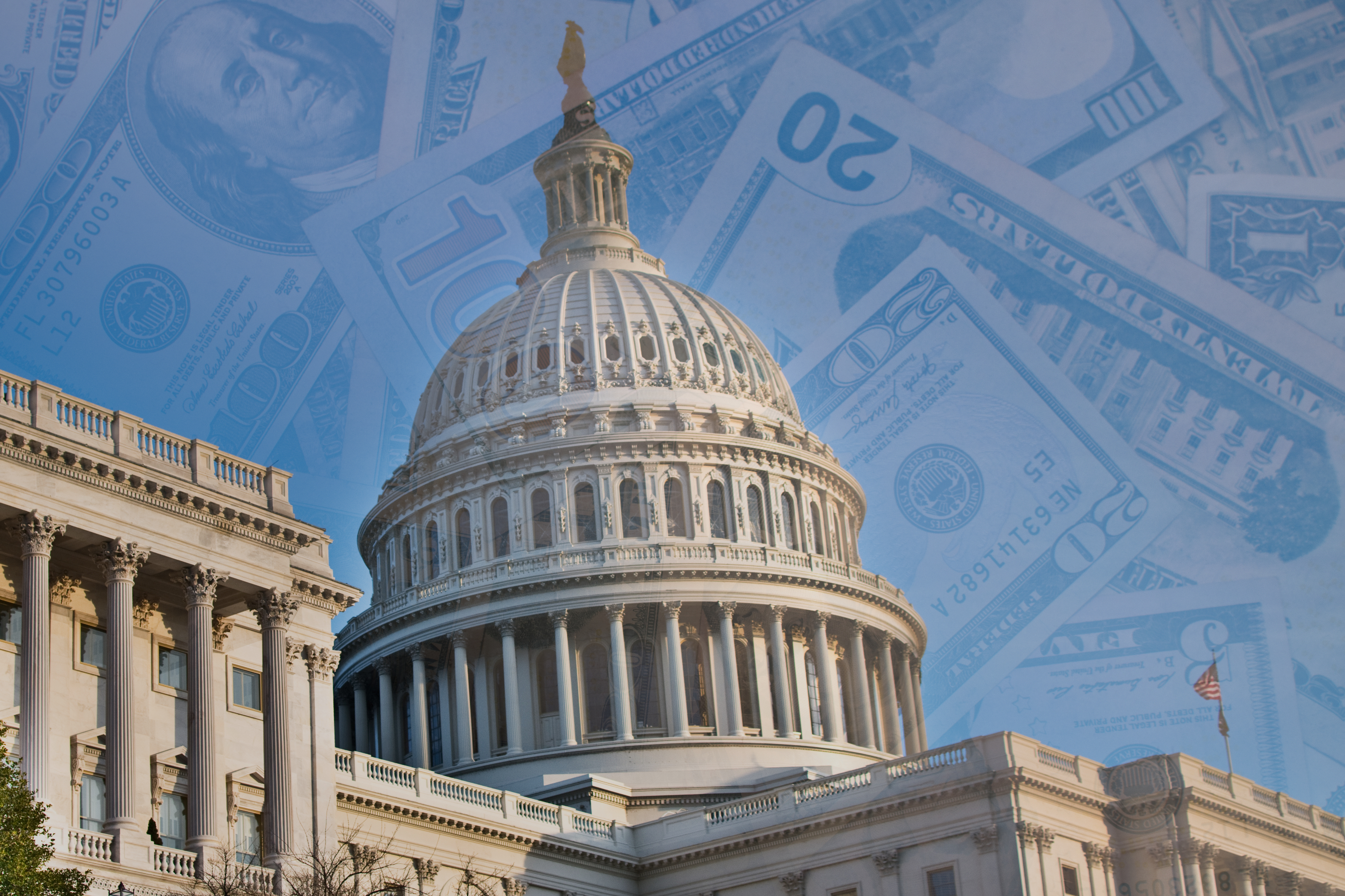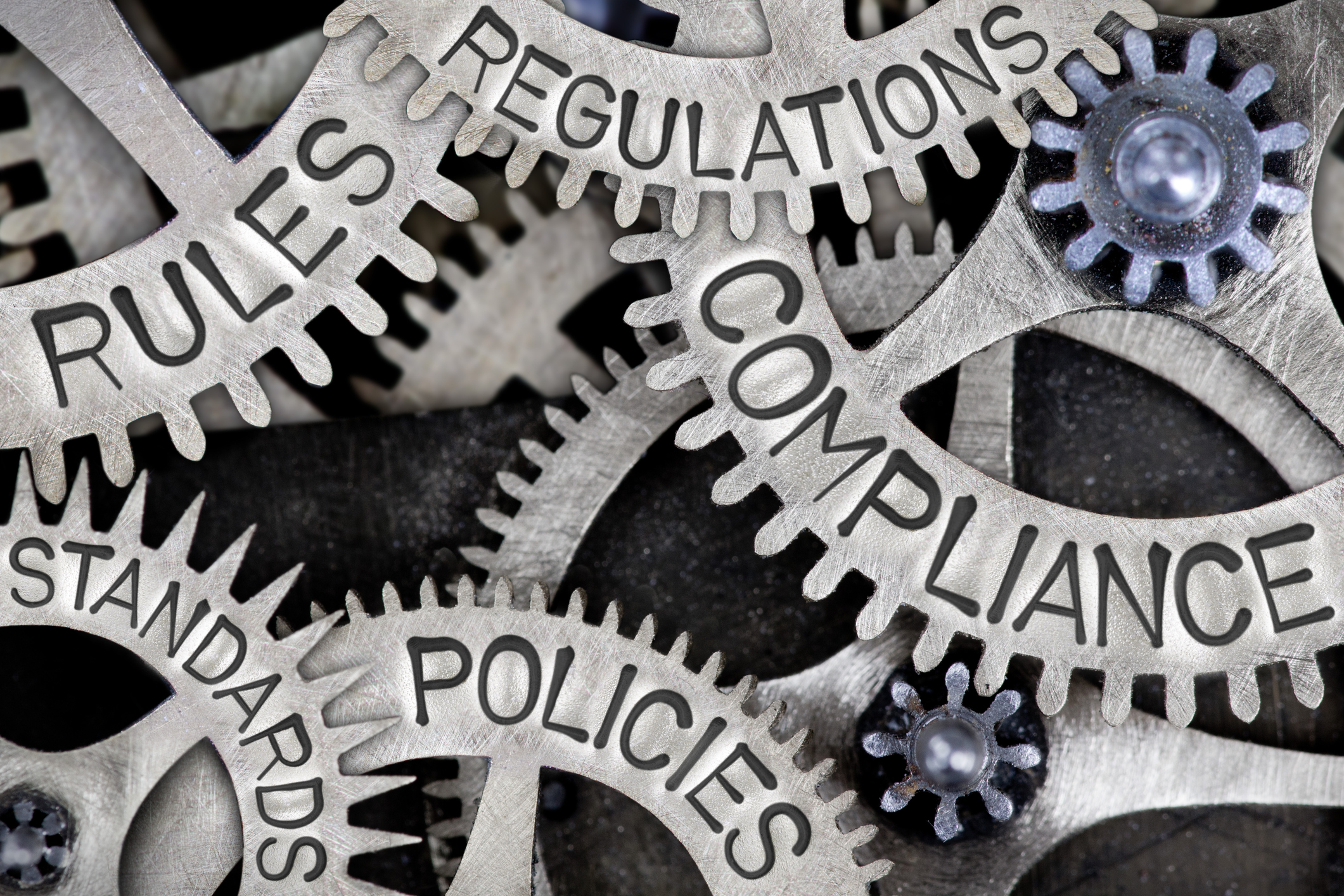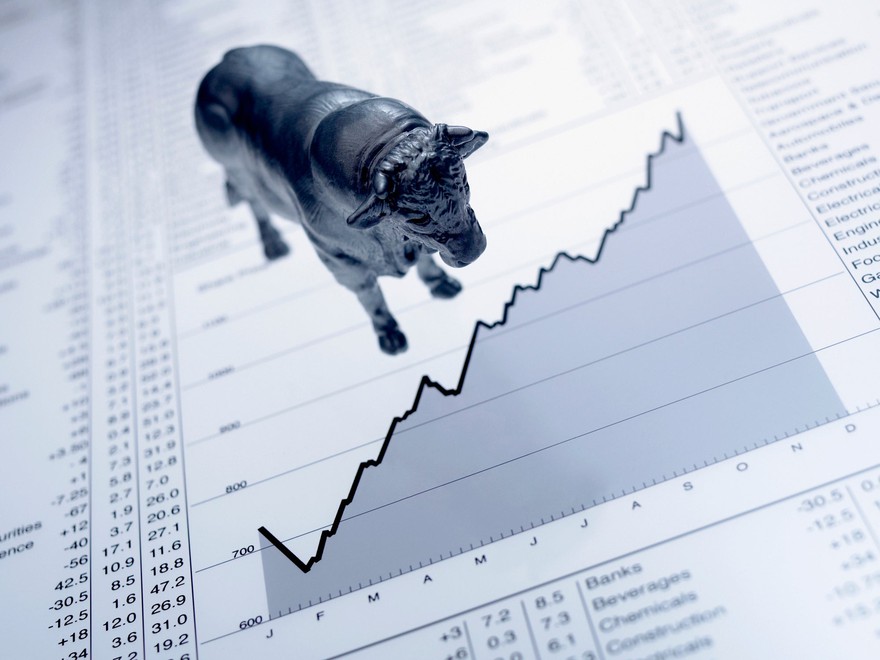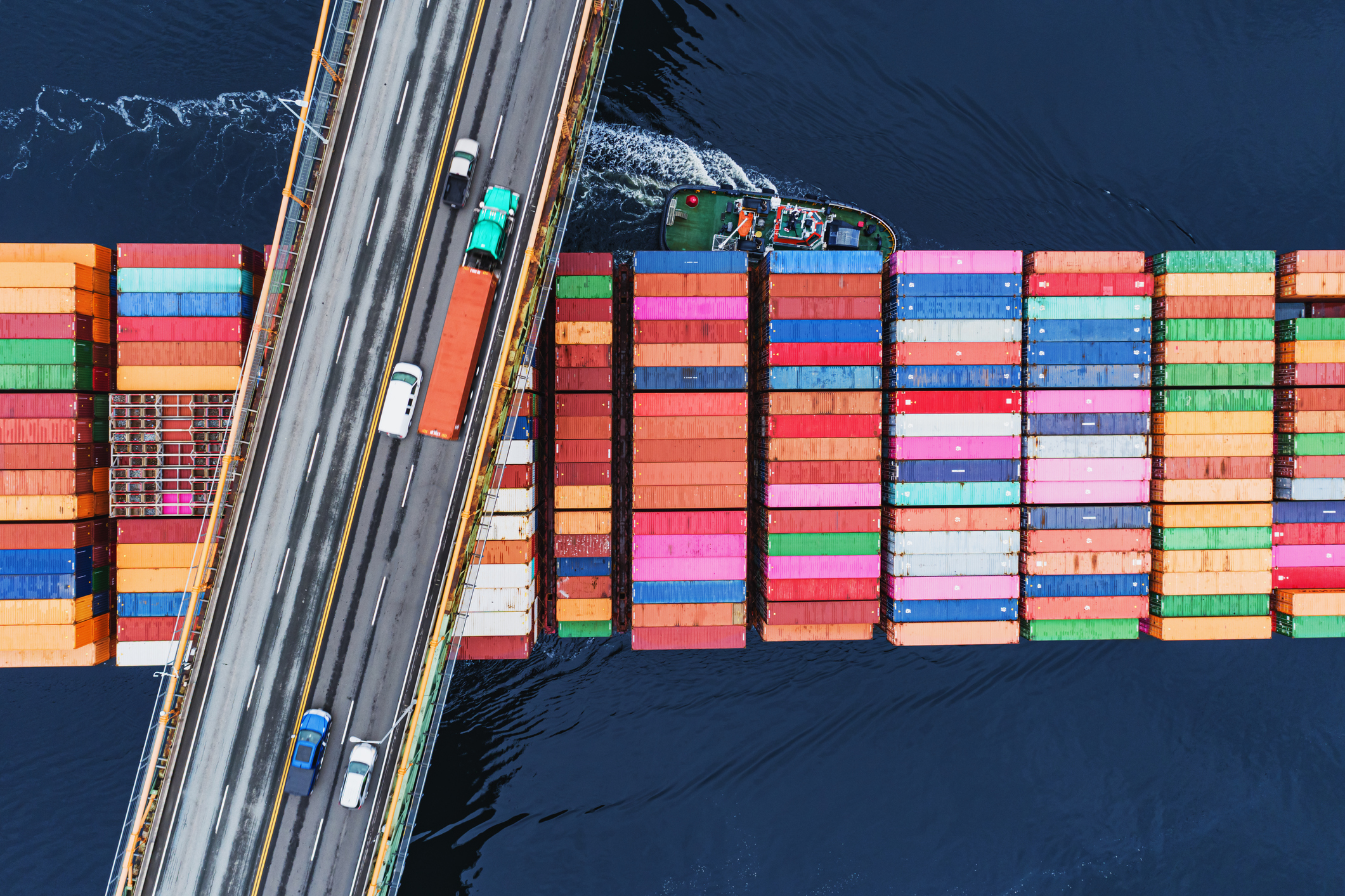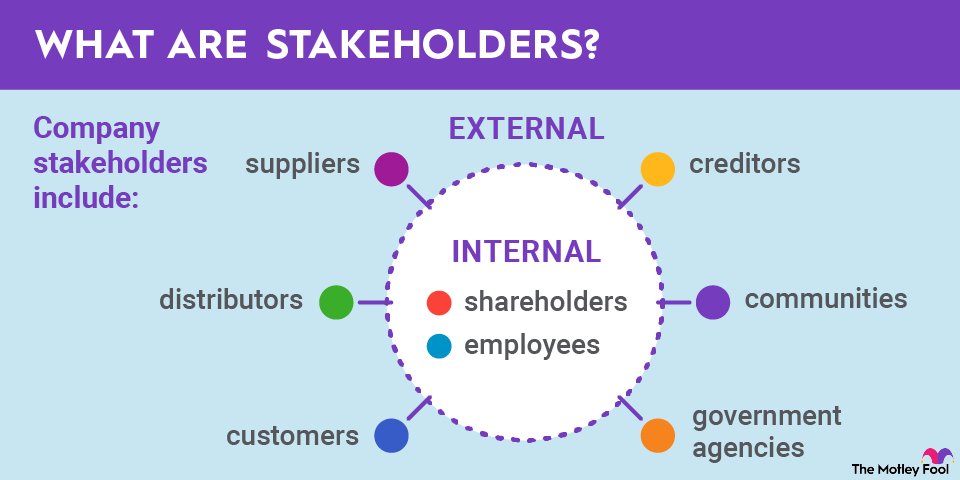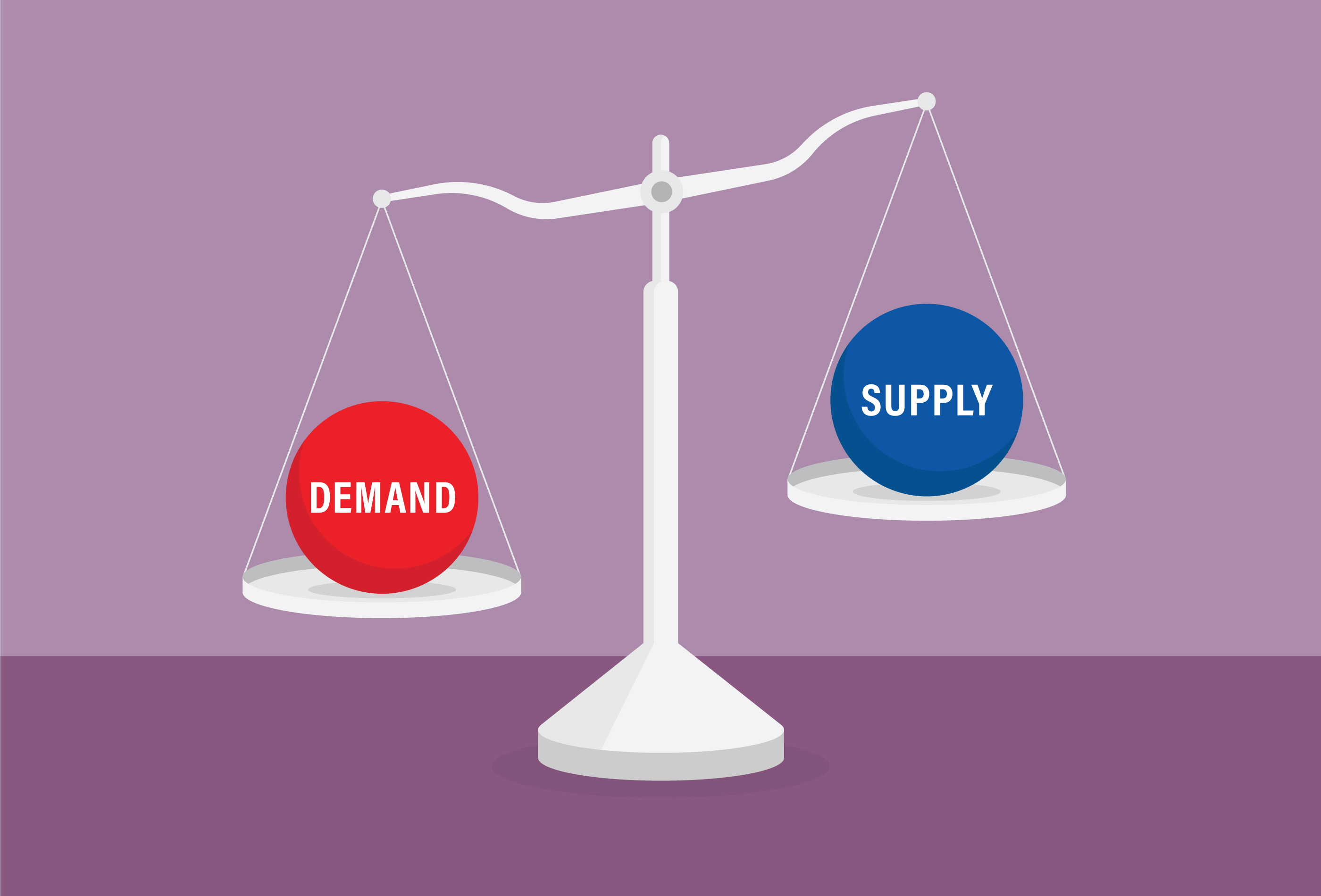Stablecoins are cryptocurrencies that aim to peg their value to another asset, most often a fiat currency. For example, a U.S. dollar stablecoin is designed to maintain a value of $1. Since most cryptocurrencies are highly volatile, stablecoins are an alternative for those who want a digital currency with a fixed value.
It's a common misconception that stablecoins are safe and can be counted on to maintain the intended value. Although that's the goal, they can lose their pegs, so they're not risk-free. Stablecoins serve a key role in the crypto market, but before you buy any, it's important to understand how they work.
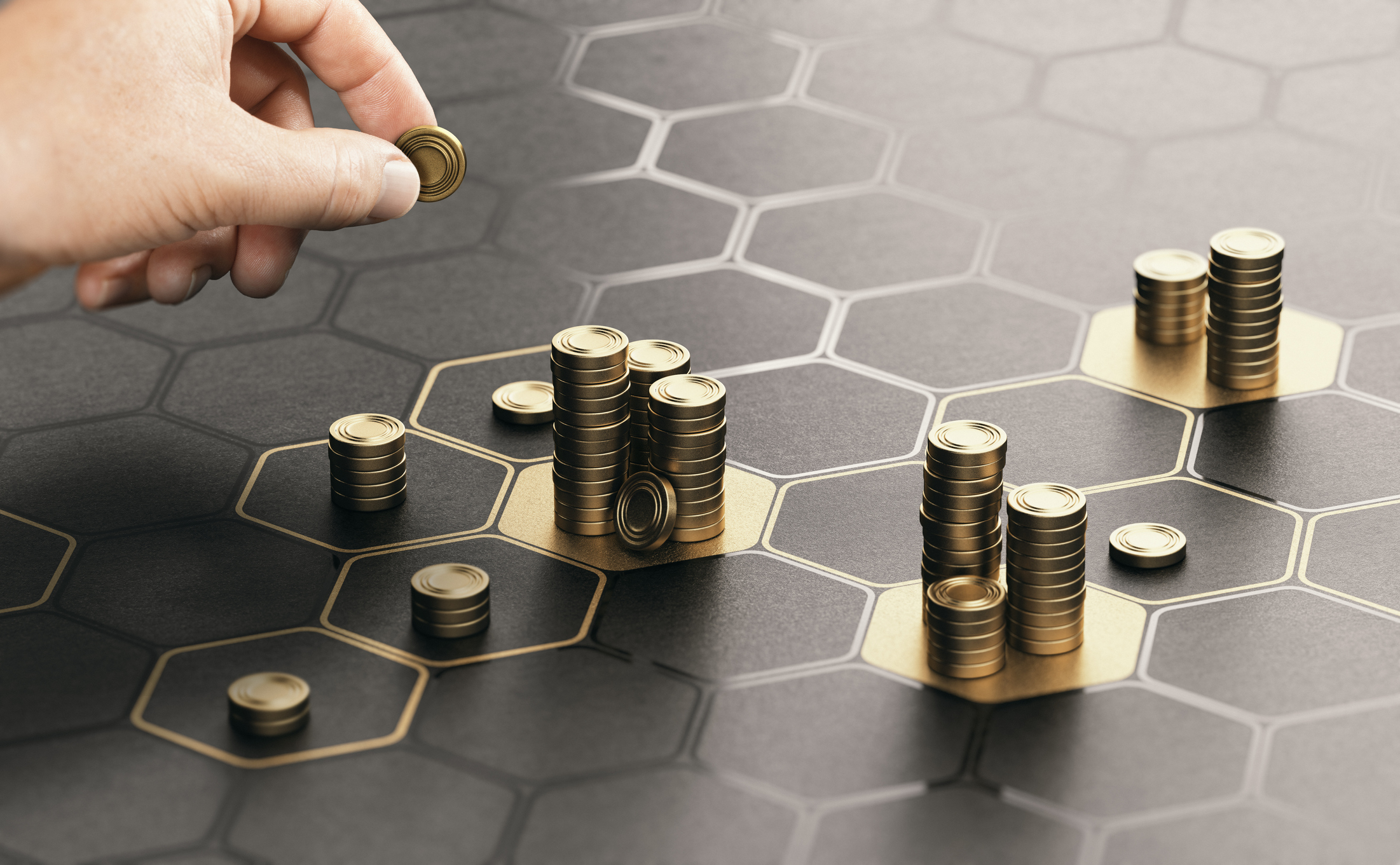
Types of stablecoins
There are four types of stablecoins:
- Fiat-backed stablecoins
- Crypto-backed stablecoins
- Commodity-backed stablecoins
- Algorithmic stablecoins
As you can see, it's the backing or collateral that determines the type of stablecoin. You'll find more details on each type below.
Fiat-backed stablecoins
Fiat-backed stablecoins have a fiat currency reserve. The reserves are collateral that guarantee the value of the stablecoin and should be equal in value to the circulating supply. For example, a fiat-backed U.S. dollar stablecoin with 1 million coins in circulation should have $1 million in reserves.
This type of stablecoin is normally safe if the organization managing it has sufficient reserves. To verify its reserves, the organization should provide regular audits by an independent third party.
Fiat Currency
Crypto-backed stablecoins
Crypto-backed stablecoins have cryptocurrency reserves. They generally use one of the larger cryptocurrencies as collateral, such as Bitcoin (BTC -1.99%) or Ethereum (ETH -1.33%).
Since cryptocurrencies are volatile, this type of stablecoin needs to be over-collateralized. Its reserves should be significantly greater in value than its circulating supply to account for price fluctuations.

